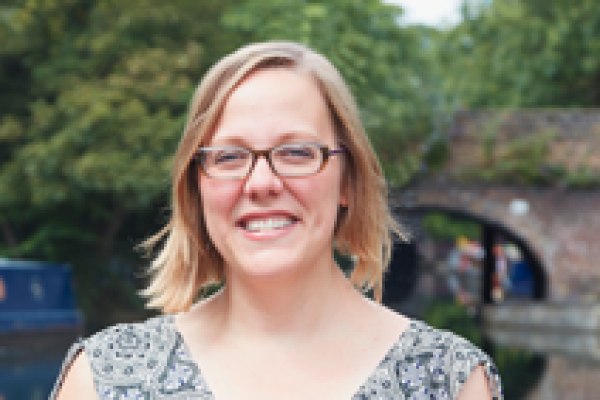Article

How effective are the vaccines — and how do we know this?
The efficacy of vaccines is estimated from trials, using statistical techniques.

We are all longing to go into a lower tier, but this can come at a high price later on.

In this short video Clement Twumasi tells us about his work helping to understand a parasite that has been decimating fish populations around he world.


In a previous article we introduced the problems that can arise when combine the reproduction ratios of a disease in different settings, such as hospitals and the community. In this article we dive into the maths that helps you get to the bottom of these problems.
